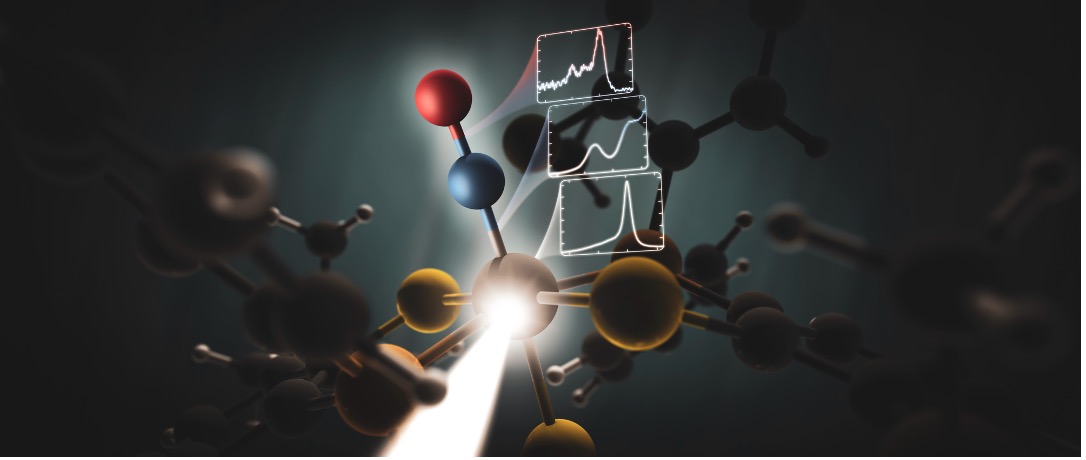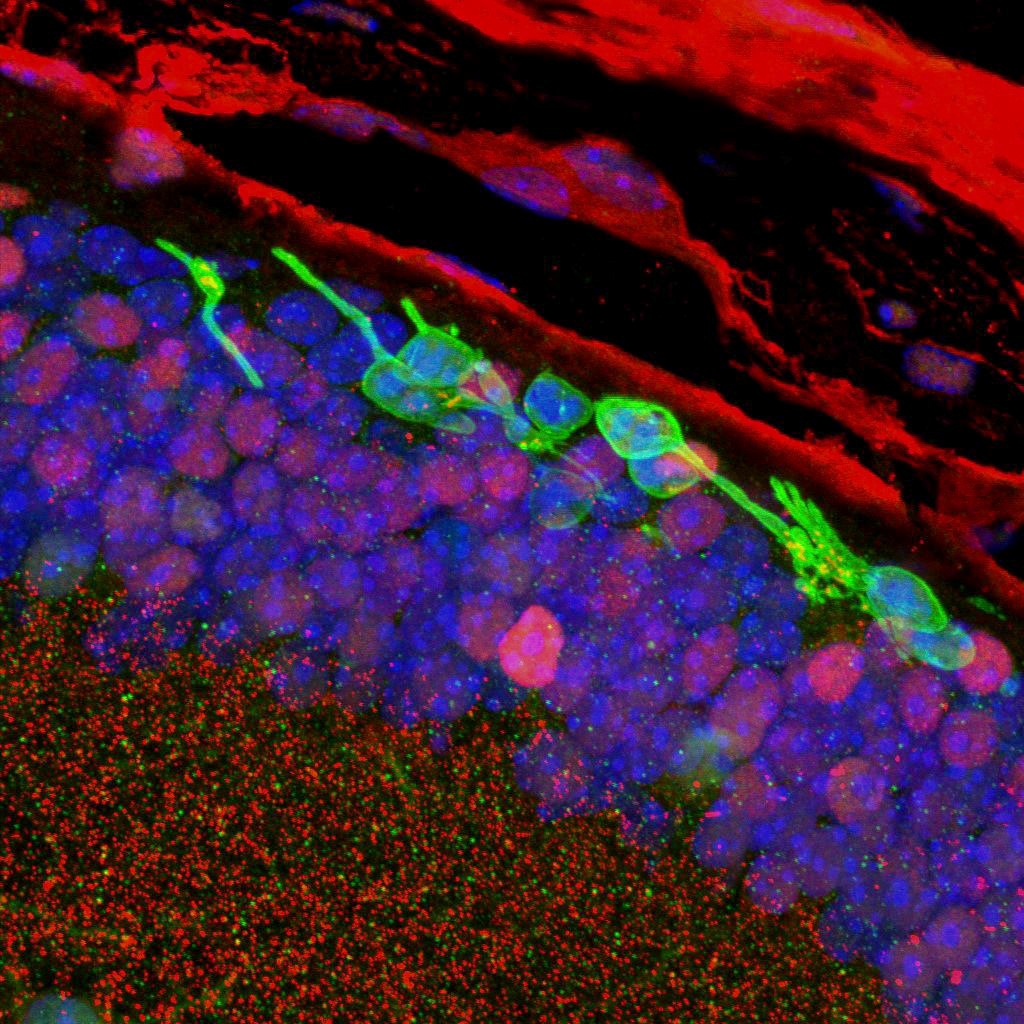– The TRIP initiative establishes three new joint laboratories that bring together fundamental biomedical research and clinical research with the aim of accelerating the delivery of results to patients.
– TRIP will focus on emerging fields such as immuno-oncology, inflammation, and cellular senescence.
Tag: Biomedicine

SLAC scientists shed light on potential breakthrough biomedical molecule
Developing a new, light-activated method to produce the molecule opens doors for future biomedical applications.
Reprogramming the shape of virus capsids could advance biomedicine
Bioengineers have found a way to program the size and shape of virus particles by combining viral protein building blocks and templates made from DNA. The resulting nanostructures could have applications in vaccine development and transporting drugs inside the body.
Ask the expert: What are nanomedicines?
Morteza Mahmoudi, an assistant professor in MSU’s Department of Radiology, explains why addressing disagreements with stronger standards will help ensure future nanomedicines are safe, effective and successful.
Study identifies new dementia risk genes through novel testing approach
A new UCLA-led study has identified multiple new risk genes for Alzheimer’s disease and a rare, related brain disorder by using a combination of new testing methods allowing for mass screening of genetic variants in a single experiment.
Binghamton University, Upstate Medical agree to closer collaborations
A new agreement between Upstate Medical University and Binghamton University’s Thomas J. Watson College of Engineering and Applied Science will strengthen ties between the two schools and encourage closer research collaborations.
Same Symptom – Different Cause?
Nowadays doctors define and diagnose most diseases on the basis of symptoms.
New Collaboration Between RCSB Protein Data Bank and Amazon Web Services Provides Expanded Data Storage and Access to Researchers Worldwide
The Research Collaboratory for Structural Bioinformatics Protein Data Bank (RCSB PDB), headquartered at the Rutgers Institute for Quantitative Biomedicine, announces the expansion of its data storage capacity through the Amazon Web Services (AWS) Open Data Sponsorship Program. The AWS program is providing the RCSB PDB with more than 100 terabytes of storage for no-cost delivery of Protein Data Bank information to millions of scientists, educators, and students around the world working in fundamental biology, biomedicine, bioenergy, and bioengineering/biotechnology.
Groundbreaking ideas from women scientists get less attention
Scientists are less likely to adopt important new ideas in biomedicine introduced by women researchers, a new study has found.
Shih-Ting (Christine) Wang: Designing Materials for Biomedicine
Using DNA-based assembly, the Center for Functional Nanomaterials postdoc has assembled functional proteins into ordered lattices and coated nanostructures for drug delivery.
New composite fabrics show potential for medical use
University of Georgia researchers have developed a new material with properties ideal for medical products such as masks and bandages. It’s also better for the environment than the materials in current use.
Patterning method could pave the way for new fiber-based devices, smart textiles
Researchers reporting in ACS Central Science have developed a method to pattern hundreds-of-meters-long multimaterial fibers with embedded functional elements.
Researchers 3D print biomedical parts with supersonic speed
Forget glue, screws, heat or other traditional bonding methods. A Cornell University-led collaboration has developed a 3D printing technique that creates cellular metallic materials by smashing together powder particles at supersonic speed.

New research explores impact of patent sharing in fight against COVID-19
University of Utah S.J. Quinney College of Law Professor Jorge Contreras was among a group of nine lawyers, scientists and engineers from the United States and United Kingdom who came together in March to create a flexible, open platform for sharing intellectual property in the fight against COVID-19. A new article published in Nature Biotechnology outlines results of those efforts.
Researchers describe nanoparticles behavior in vivo
Nanoparticles are actively employed in medicine as contrast agents as well as for diagnosis and therapy of various diseases. However, the development of novel multifunctional nanoagents is impeded by the difficulty of monitoring their blood circulation. Researches from the Moscow Institute of Physics and Technology, the Shemyakin-Ovchinnikov Institute of Bioorganic Chemistry of RAS, Moscow Engineering Physics Institute, Prokhorov General Physics Institute of RAS, and Sirius University have developed a new noninvasive method of nanoparticle measurement in the bloodstream that boasts a high time resolution. This technique has revealed the basic parameters that affect particle lifetime in the bloodstream, which may potentially lead to discovery of new, more effective nanoagents to be used in biomedicine.

New Leader of Computational Biomedicine
Harvard Medical School has named Robert Gentleman as founding executive director of the newly established Center for Computational Biomedicine.
Gentleman, an accomplished statistician and computational scientist with extensive experience in academia and industry, most recently served as vice president of computational biology at the genetic testing company 23andMe.

Researchers restore sight in mice by turning skin cells into light-sensing eye cells
Researchers have discovered a technique for directly reprogramming skin cells into light-sensing rod photoreceptors used for vision, sidestepping the need for stem cells. The lab-made rods enabled blind mice to detect light after the cells were transplanted into the animals’ eyes.